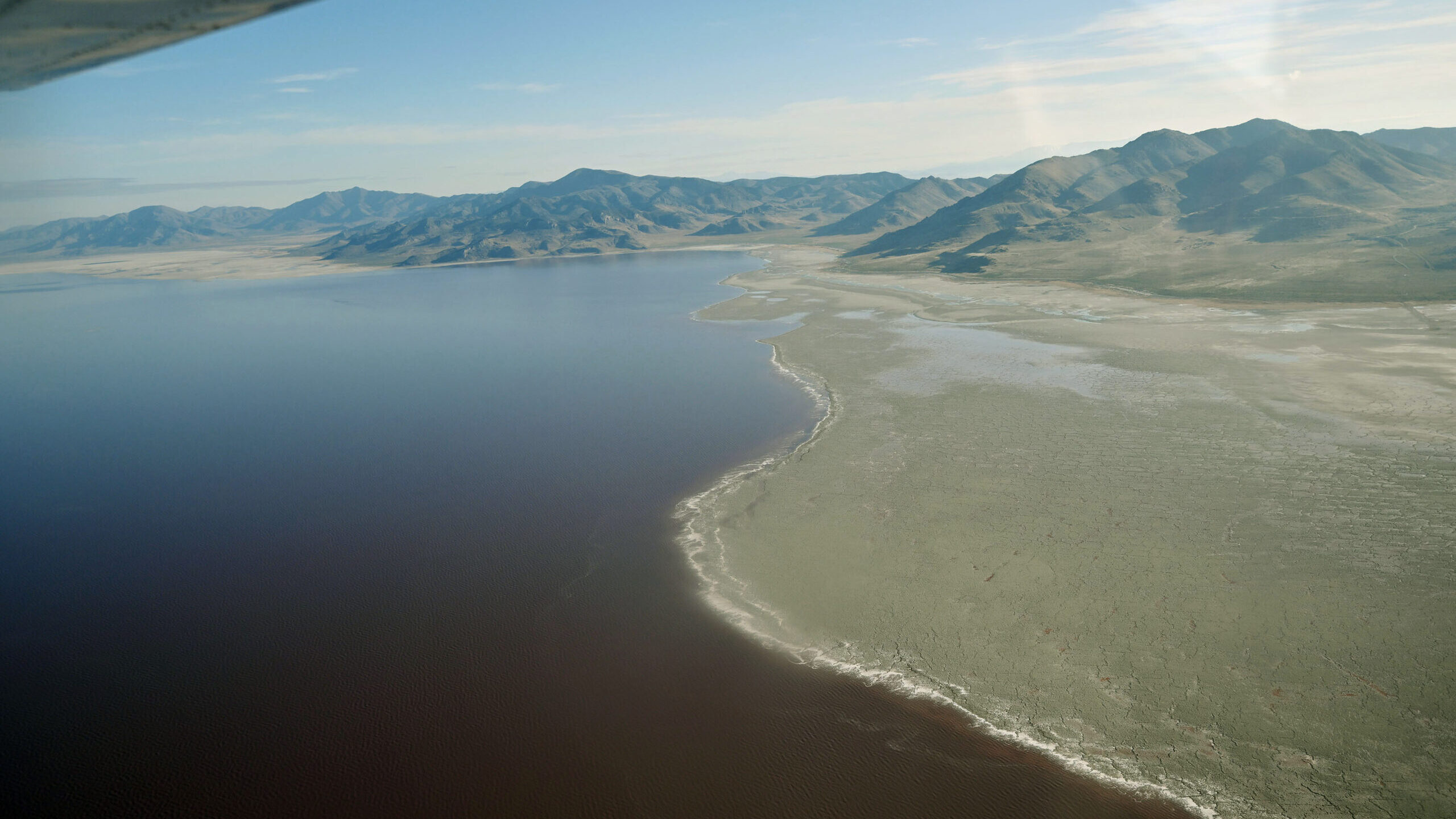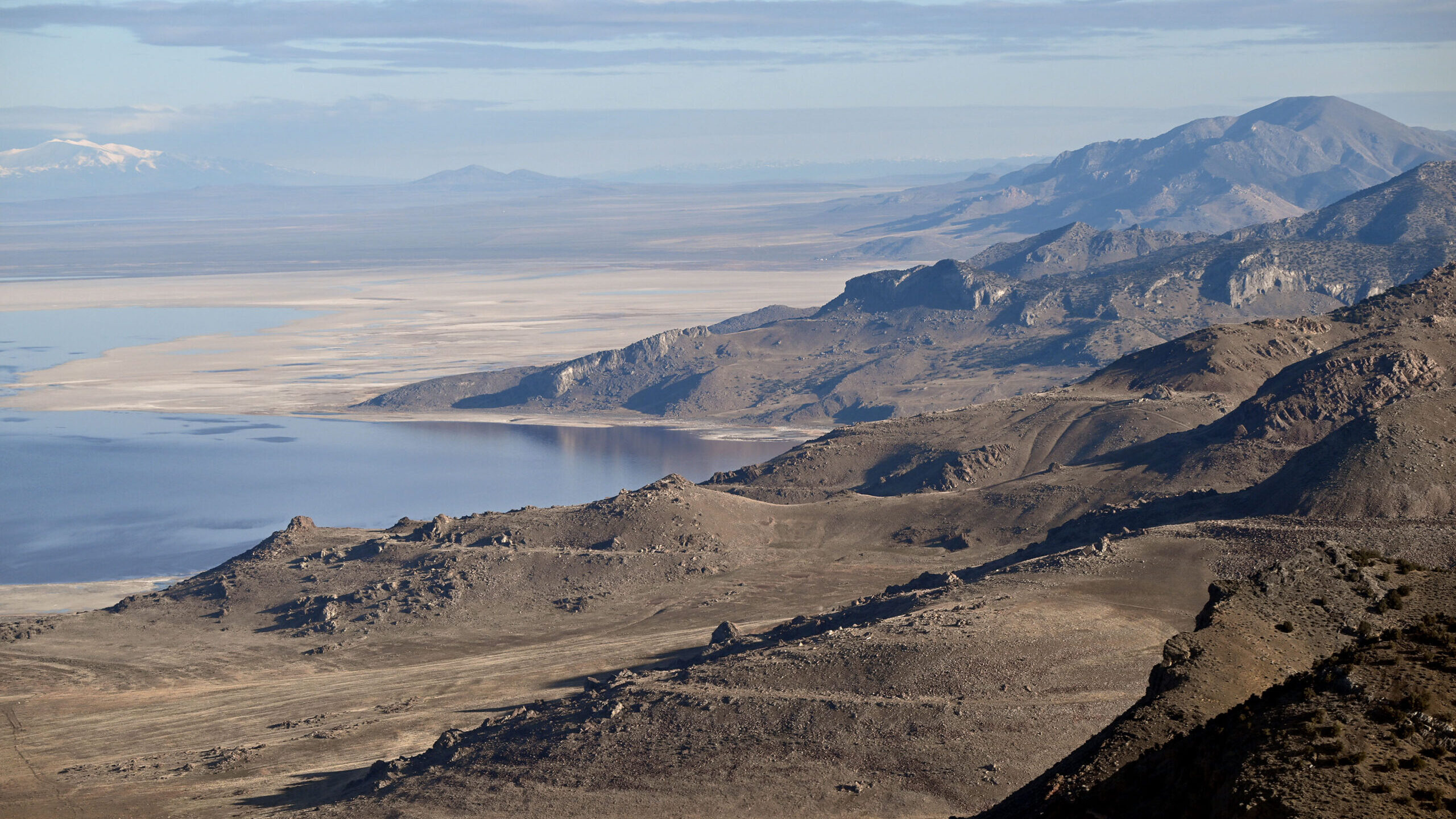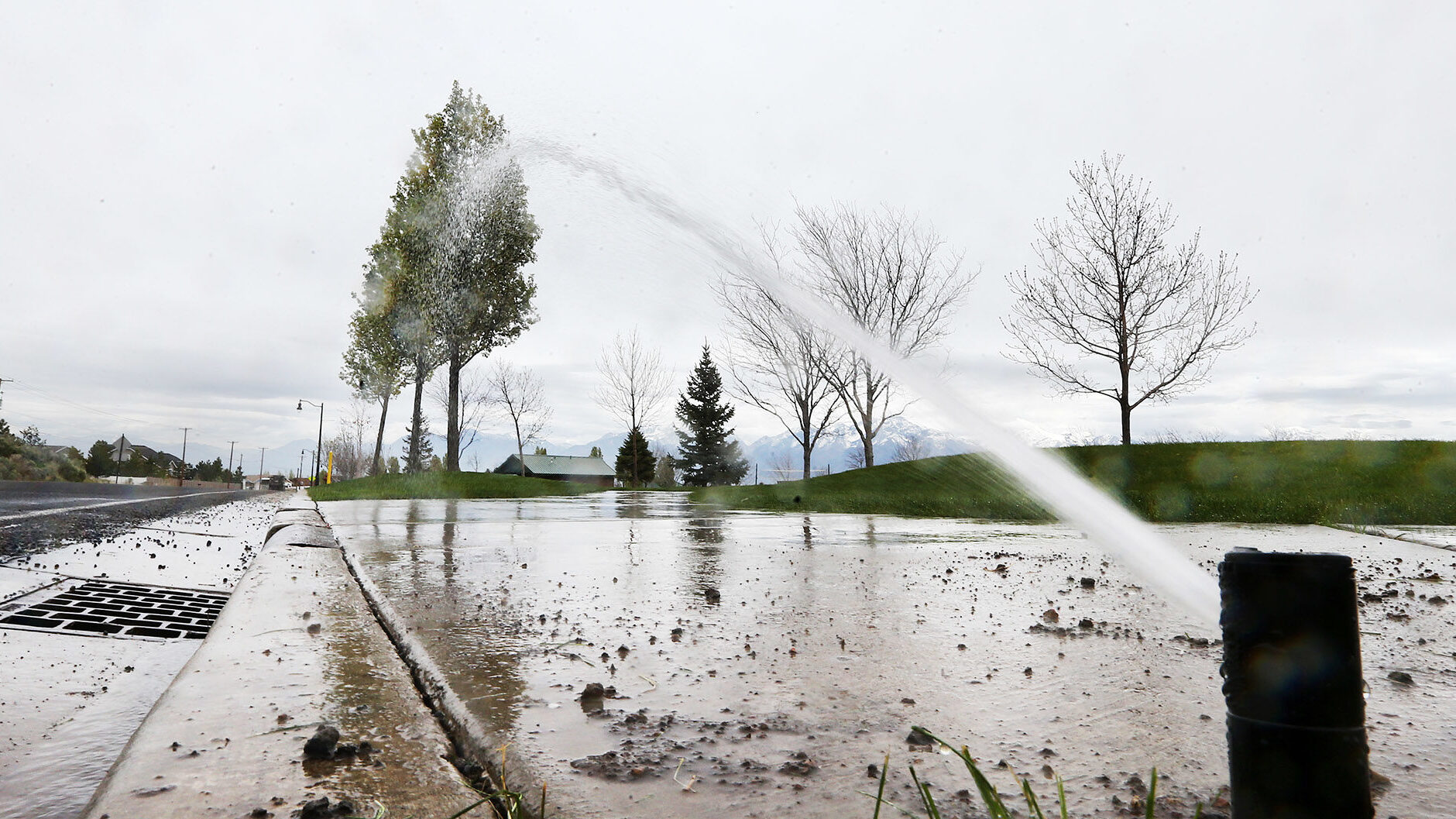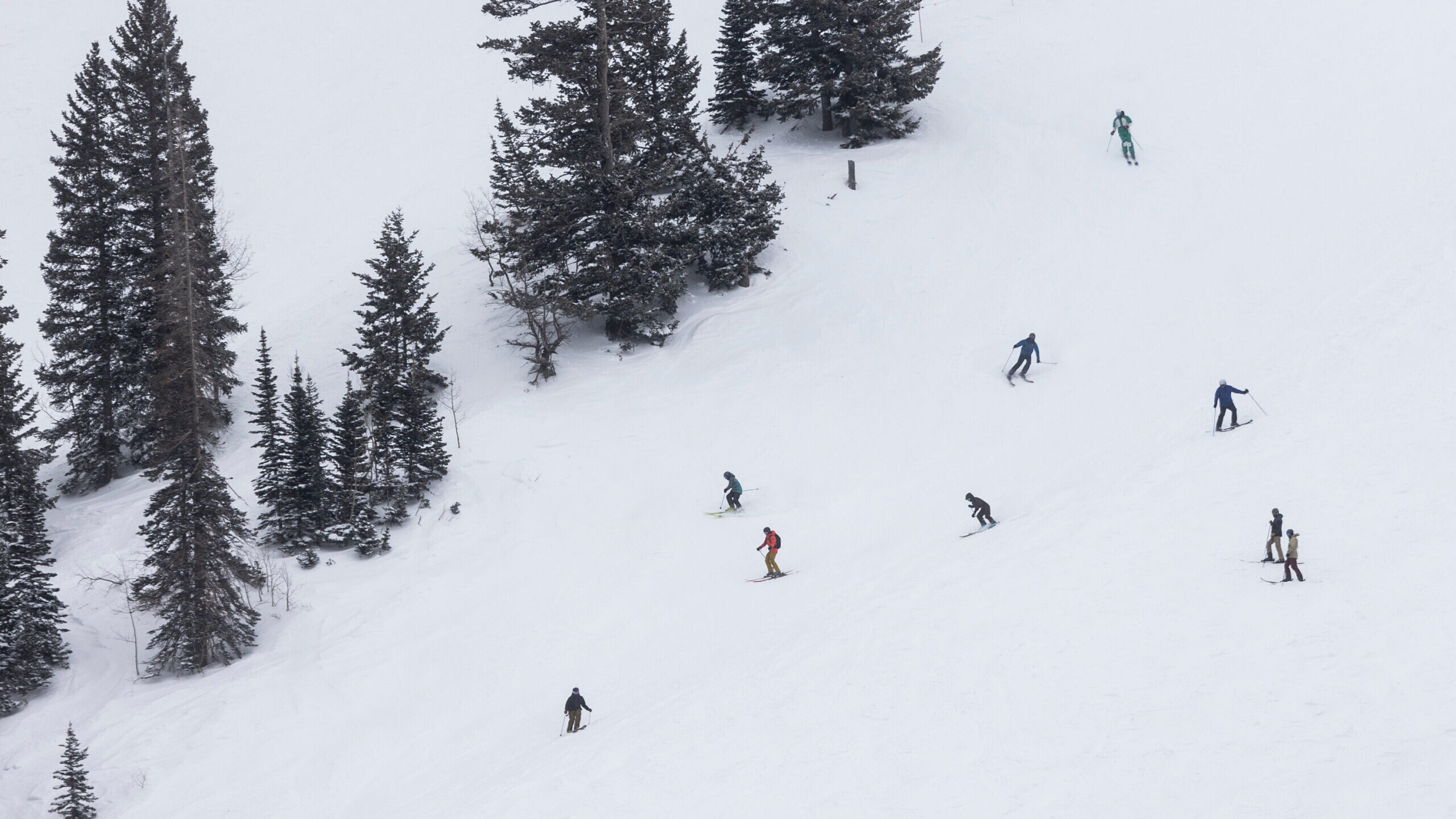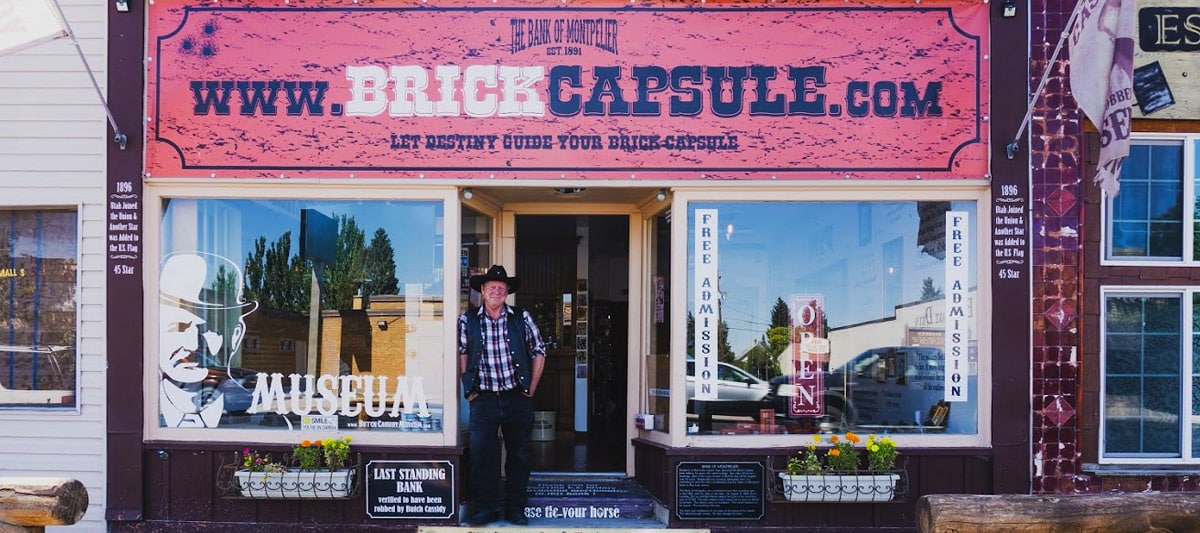Colorado River falls into Tier 2 shortage, new cuts coming for Southwest
Aug 16, 2022, 11:19 AM
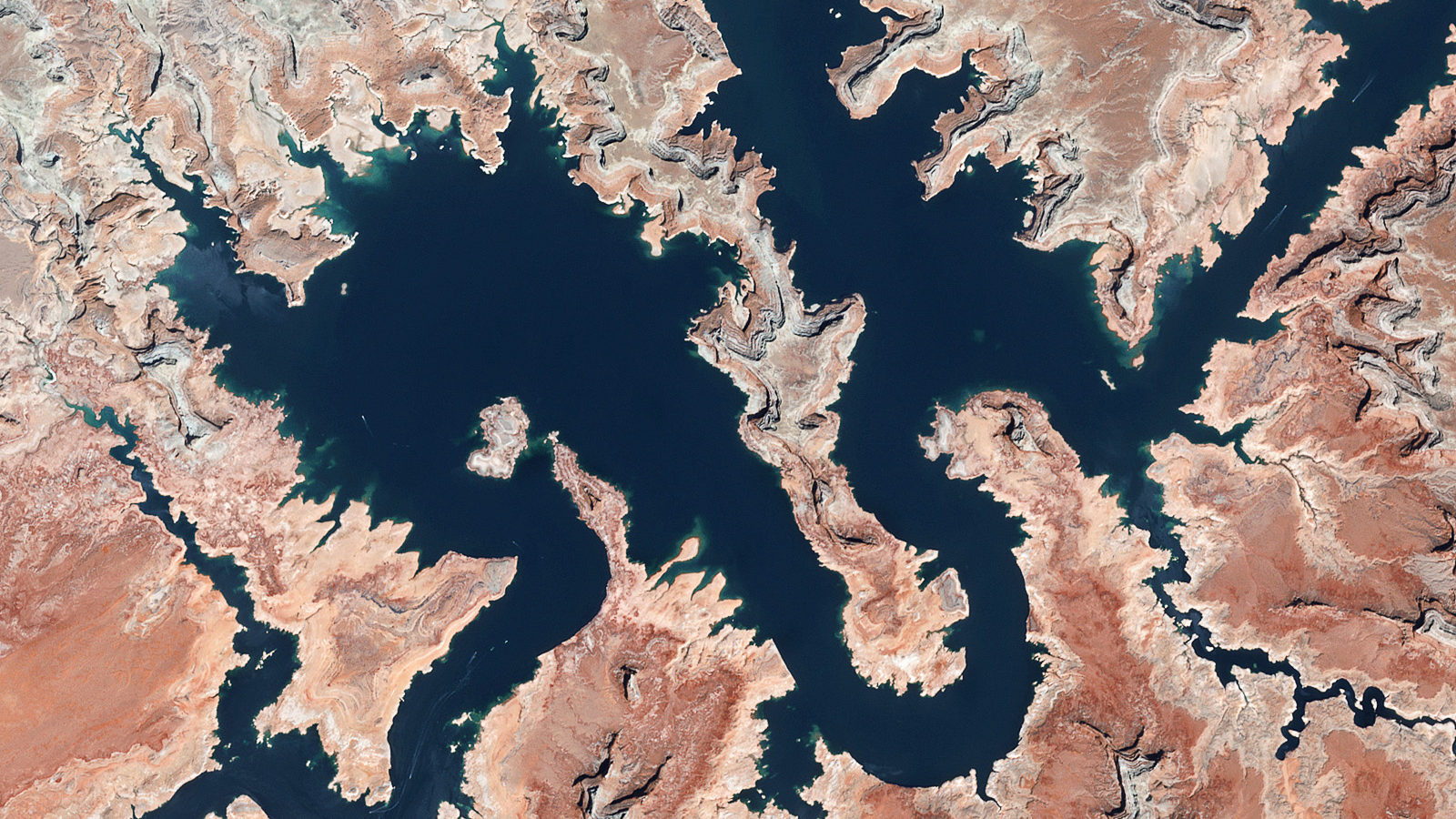
FILE: Satellite view of Lake Powell in Utah, in April, 2022. (Gallo Images/Orbital Horizon/Copernicus Sentinel Data via CNN 2022)
(Gallo Images/Orbital Horizon/Copernicus Sentinel Data via CNN 2022)
(CNN) — An extraordinary drought in the West is drying up the Colorado River and draining the nation’s largest reservoirs — Lake Mead and Lake Powell. And amid the overuse of the river and the aridification of the region, the federal government is implementing new mandatory water cuts and asking states to devise a plan to save the river basin.
The federal government announced Tuesday the Colorado River will operate in a Tier 2 shortage condition for the first time starting in January as the West’s historic drought has taken a severe toll on Lake Mead.
The Utah Angle:
- Study: There’s a 1-in-3 chance Lake Powell won’t be able to generate hydropower in 2023
- Lake Powell to receive a boost in water supply
According to a new projection from the Department of Interior, Lake Mead’s water level will be below 1,050 feet above sea level come January — the threshold required to declare a Tier 2 shortage starting in 2023.
The Tier 2 shortage means Arizona, Nevada and Mexico will have to further reduce their Colorado River use beginning in January. California will not yet have cuts made to the water they receive from the Colorado River.
Of the impacted states, Arizona will face the largest cuts — 592,000 acre-feet — or approximately 21% of the state’s yearly allotment of river water.
“Every sector in every state has a responsibility to ensure that water is used with maximum efficiency. In order to avoid a catastrophic collapse of the Colorado River System and a future of uncertainty and conflict, water use in the Basin must be reduced,” Interior’s assistant secretary for water and science Tanya Trujillo said in a statement.
It was just a year ago that the Department of Interior declared the first shortage on the Colorado River — a Tier 1. But the past 12 months did not bring enough rain and snow. Lake Mead’s level has been around 1,040 feet this summer, just 27% of its full capacity.
The growing concern is that the mandatory cuts announced today — part of a system that was updated as recently as 2019 — aren’t enough to save the river in the face of a historic, climate change-driven drought. States, water managers and tribes are now back at the negotiating table to figure out how to solve the West’s water crisis.
“We thought we were good, but the last few years have been so dry that we realized those tier reductions weren’t enough and aren’t enough,” Bill Hasencamp, the Colorado River resources manager with the Metropolitan Water District of Southern California, told CNN. “So the two things we’re focused on is how do we get through the next three years without the system crashing, and then how do we develop a long term plan to sustain the Colorado River.”
‘There’s only so much water’
The Colorado River’s water was divvied up among seven states in the West a century ago. The pact gave half of the river’s water to the Upper Basin states (Colorado, Utah, Wyoming and New Mexico) and half to the Lower Basin (California, Arizona and Nevada). Mexico — through which the river flows before it reaches the Gulf of California — was also guaranteed an allotment.
There was one major problem: Having been written in the 1920s, at a time when precipitation was higher than normal, the pact overestimated how much water the Colorado River carries. It also did not account for the West’s booming population growth and its hotter and drier future in the face of the climate crisis.
At a June Senate hearing, Bureau of Reclamation chief Camille Touton laid out a stark warning. In order to stabilize the Colorado River Basin, states and water districts must come up with a plan by August 15 to cut 2 to 4 million acre-feet of water usage by next year. (An acre-foot is the amount of water that would fill one acre a foot deep — roughly 326,000 gallons.)
Touton’s proposed cut is a massive amount — the high end of the target is about 25% less water than states currently receive. And the low end of the target represents the vast majority of Arizona’s yearly allotment of Colorado River water.
Touton also made clear in June that if the states cannot come up with a plan, the federal government will act.
“It is in our authorities to act unilaterally to protect the system, and we will protect the system,” she said at the time. “We need to see the work. We need to see the action. Let’s get to the table and let’s figure this out by August.”
Interior has not yet outlined next steps in Touton’s demand for the states’ plan.
But inter-state negotiations are not going well.
John Entsminger, the general manager for the Southern Nevada Water Authority, told CNN that so far not enough of the stakeholders have put forth proposals that would get the basin to Touton’s target. He said he hopes the federal government proposes “some pretty strong measures” that could be acted on immediately.
“Frankly, I’m frustrated because the overwhelming sense I’ve gotten from the negotiations is there aren’t enough people taking this seriously enough and understanding this is about adapting to less water in this river,” Entsminger said.
Nevada has already moved to cut its metropolitan water usage, banning non-functional turf and paying people for years to remove water-intensive lawns, Entsminger said. But agriculture, which takes up a lot of the water from the river, must be part of the equation as well.
“You have to have a contribution from the sector that uses 80% of the water,” he said. “That’s not law, politics, it’s just math.”
Entsminger said other stakeholders that are hesitant to give up their water allotments need to accept a new reality: The river is running dry, and sacrifices must be made.
“It doesn’t matter what can be agreed to because there’s only so much water, and mother nature will figure this out at some point,” he said. “At some point, there’s just not water in the river channel.”
The federal government has not often stepped in and taken control of water management plans from the states, but it has the authority to do so in the Lower Colorado River Basin — which includes Arizona, southern Nevada and southern California. And experts told CNN the threat of federal action is something states will respond to.
“We kind of need the federal government to make some threats to spur action,” John Fleck, a Western water expert and professor at the University of New Mexico, told CNN earlier this year. “Progress seems to happen when the federal government comes in and says to states, you need to do this or we’re going to do something you don’t like.”
The-CNN-Wire
™ & © 2022 Cable News Network, Inc., a WarnerMedia Company. All rights reserved.




